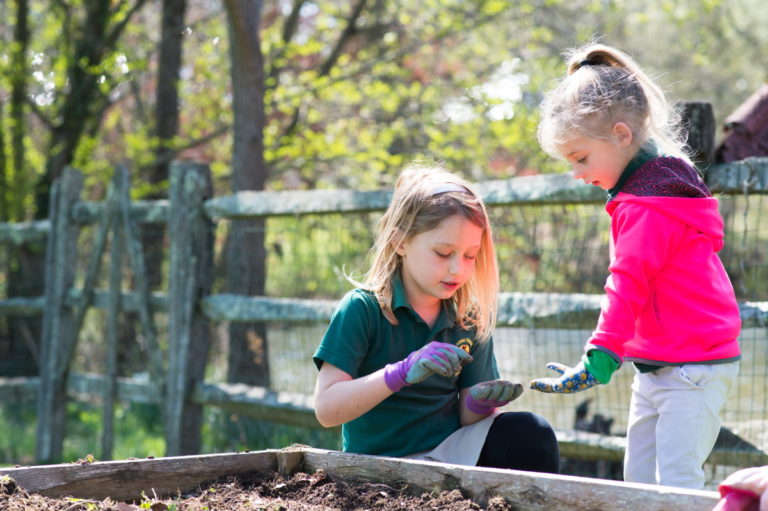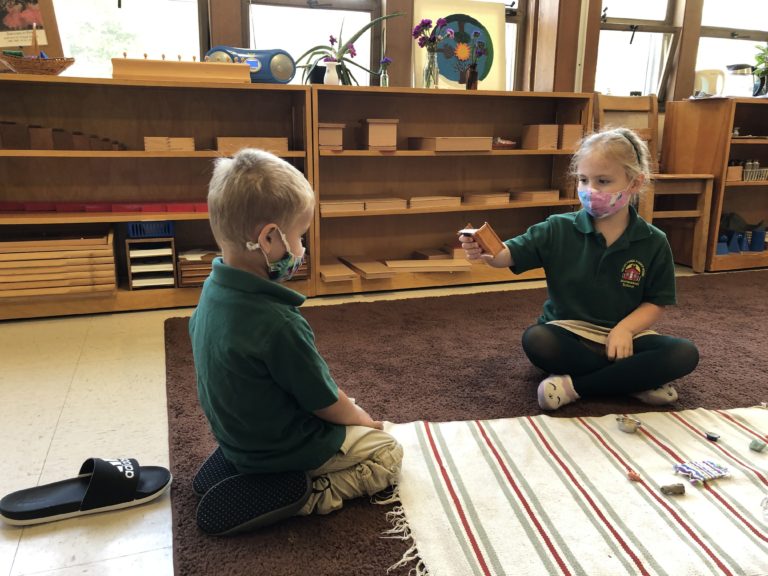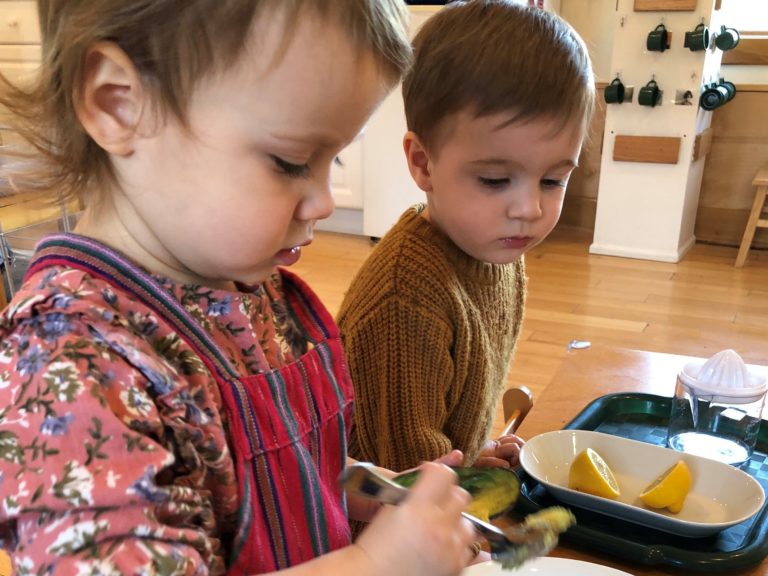
One of the first things you notice when you walk into a Montessori classroom is that classrooms are not divided by age. Instead, classrooms are divided into multi-age groupings. For example, a preschool classroom may have children ranging in ages from 3 to 6 years of age.
At VFKH, students stay with one class and one teacher for three years. This sets the stage for success at every stage of development. The first year is the year of introduction that builds the foundation for learning. The second year is the year of practice, and the third year is the year of synthesis.
The balance and continuity of having first, second and third year students in one classroom creates an enriched experience where children learn from observing and learn from each other. Students are in an environment that fosters their long-term growth and teachers have the opportunity to really get to know the children over the three-year period.
Leadership Skills

Because younger children naturally look up to older children, in the Montessori classroom there are opportunities for older children to be role models and take on leadership roles. It is not unusual to see an older student teaching something to a younger child. By helping their younger classmates, the older children develop their self-confidence and reinforce their knowledge.
Enriched Learning Environment

Children are like sponges and the Montessori classroom is designed for them to work together, learn from each other, and explore their interests. Watching older children do their work provides younger children with a model on how to proceed and motivates them to practice and master their own skills. By simply being in this environment, children are exposed to new information and absorbing knowledge even if they do not formally have a lesson to complete. This helps them develop their skills to reach their full potential.
The Montessori classroom is designed to meet children wherever they are in their learning process. In a mixed-age classroom, children can work at their own pace in a natural way. Being in the same classroom over a three-year period helps children develop a strong sense of community with their classmates which aids in their development as role models for one another. It’s a great way for them to learn and grow together.